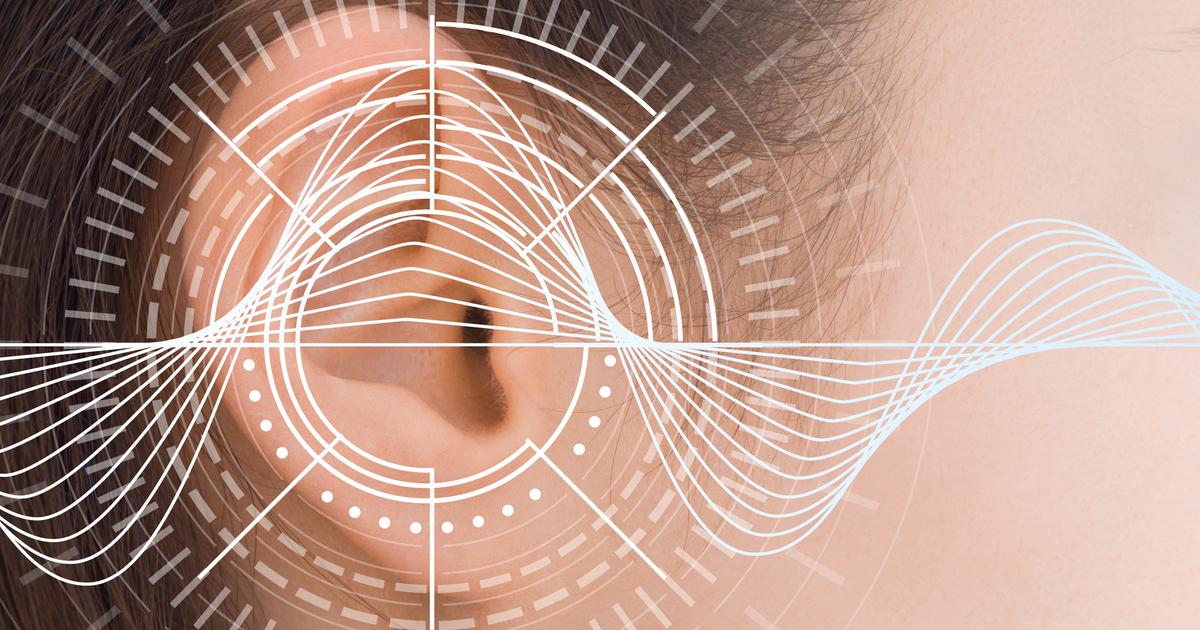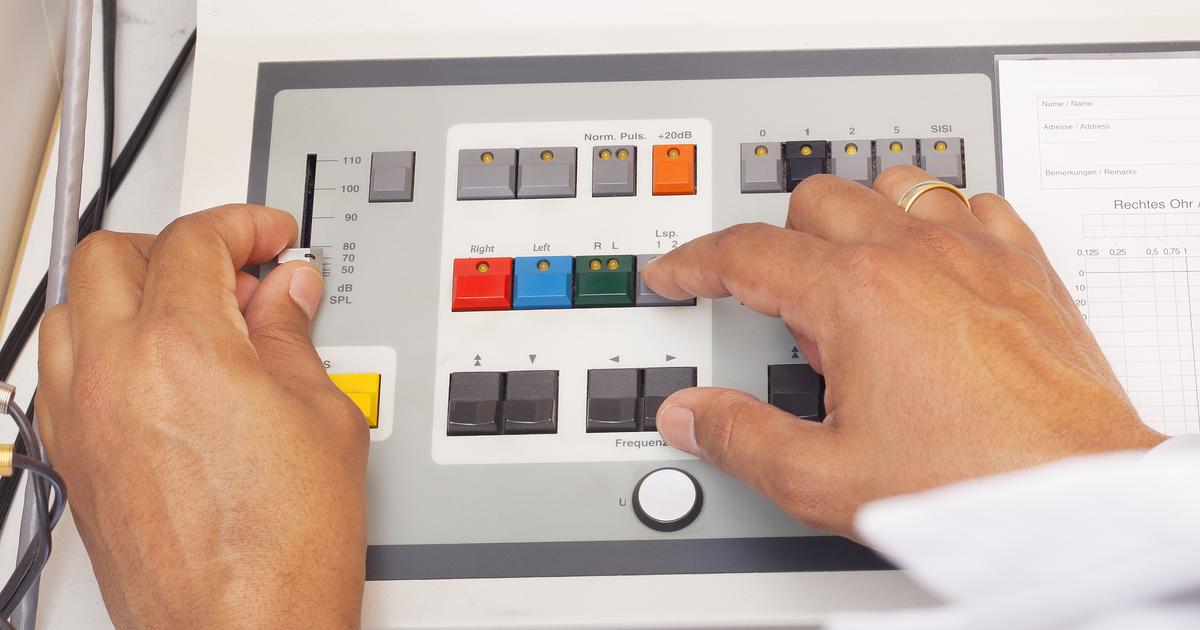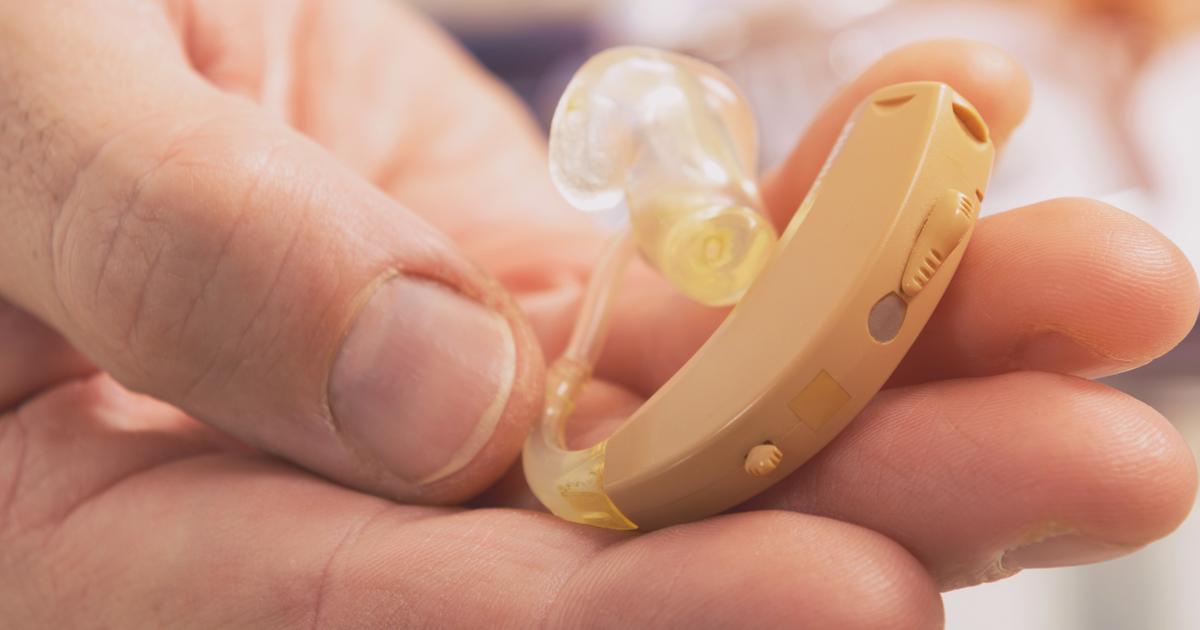Guide To Diagnosing And Treating Pulsatile Tinnitus
Tinnitus is the medical term for ringing in the ears. One of the rarer forms of this condition is pulsatile tinnitus. With this condition, patients don't hear ringing. Instead, they hear a loud and steady beat that syncs in time with their heart. The beat can be distracting, and some individuals report experiencing distress. Patients with pulsatile tinnitus typically have an underlying medical condition like intracranial hypertension, abnormal blood vessels, tumors in the head or neck, or connection issues between their veins and arteries. These issues range from mild to potentially life-threatening.
Hearing Test

The exact method of diagnosis for pulsatile tinnitus may vary depending on the case. If patients don't need emergency medical treatment, they may be referred to a specialist called an otolaryngologist. This doctor will typically perform a hearing test or multiple hearing tests as the first method of diagnosis. During a pure tone audiometry test, a doctor will measure the pitches and volumes patients are able to hear. Some individuals may have trouble hearing because the pulsatile tinnitus drowns out other sounds. Hearing loss can also occur when patients have intracranial hypertension, which causes increased pressure on the brain, ears, and eyes. Damage to the ears may make patients unable to hear certain tones or process sounds clearly.
Electrocochleography

An electrocochleography may be used as a further form of hearing test. This technique allows doctors to record the electrical potentials the patient's auditory nerve and inner ear generate when they hear sounds. The test involves the placing of an electrode into the tympanic membrane or ear canal. Typically, this type of diagnostic test is only performed by an otologist or audiologist who has been specially trained in its application. The electrocochleography results will help detect whether there's elevated pressure against the patient's inner ear. In cases of intracranial hypertension, this technique is very helpful when diagnosing the underlying issue, such as pulsatile tinnitus. In cases that don't involve increased pressure, the test can rule out emergency conditions like intracranial hypertension.
Brainstem Auditory Evoked Response

A brainstem auditory evoked response test, more commonly called a BAER test, is a diagnostic tool that measures how well a patient's brain processes sounds. This can help determine whether the cause of pulsatile tinnitus is in the ear itself or neurologically-based. BAER tests record the feedback of the patient's brainwaves when they're exposed to certain audio tones or a series of clicks. The test helps determine the cause and severity of hearing loss in multiple different cases. It also helps diagnose nervous system issues that lead to auditory processing problems. BAER tests are most frequently used with young children, newborns, and individuals unable to partake in standard hearing tests.
Tinnitus Retraining

The best course of treatment will vary depending on the underlying cause of the tinnitus. Doctors will typically focus on treating the underlying cause first. Oftentimes, when the underlying cause has been cured or sufficiently managed, the symptoms of pulsatile tinnitus resolve. However, some patients may experience the sound on a permanent or semi-permanent basis. In these cases, tinnitus retraining can be helpful. This therapy method is used for those with permanent tinnitus to help them cope with their condition both subconsciously and consciously.
Tinnitus retraining incorporates three main principles. First, the doctor collects extensive information about the patient's medical history and living habits. Then, they use electronic devices to generate noise and direct the patient's attention from their tinnitus. The third component is integrated psychological therapy that teaches the patient how to ignore their tinnitus.
Underlying Condition Treatment

Pulsatile tinnitus is generally caused by an underlying condition that requires treatment. Doctors will focus on treating the condition and see if the symptoms resolve. If they don't, the patient may then move on to tinnitus retraining. One potentially fatal condition is intracranial hypertension. When this occurs, patients may have strange neurological symptoms that accompany the tinnitus. Intracranial hypertension requires emergency care to prevent permanent, potentially fatal brain injuries. If individuals have a blood vessel that has burst or become abnormally shaped, they may need surgery to repair it. Reparation of the blood vessels typically causes tinnitus symptoms to ease. Some patients may need to manage a blood vessel condition by using blood pressure medication or other medications.